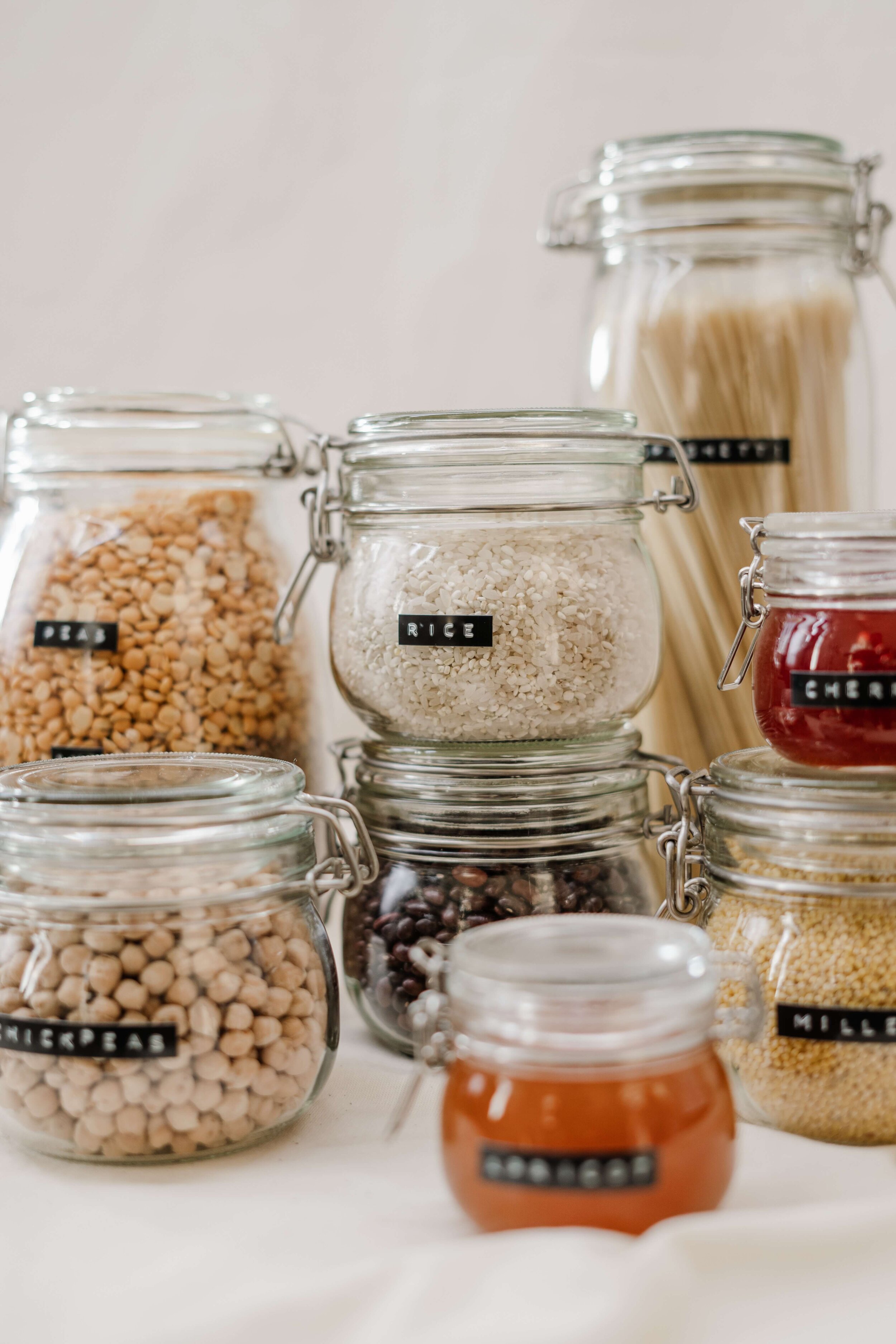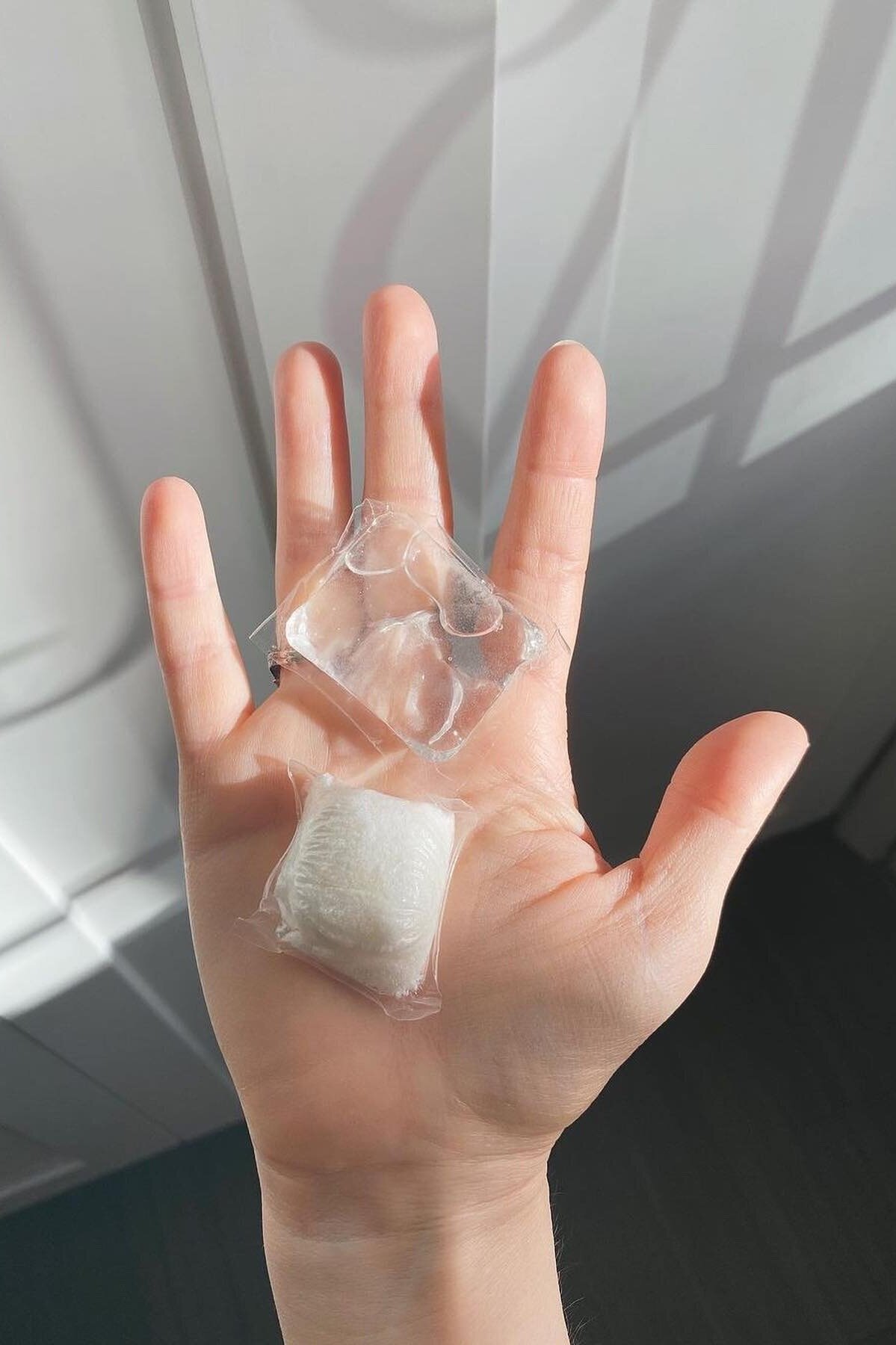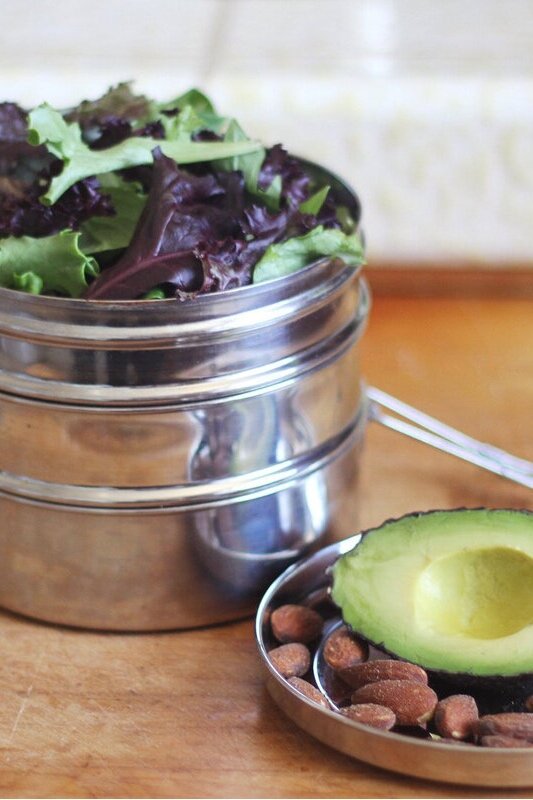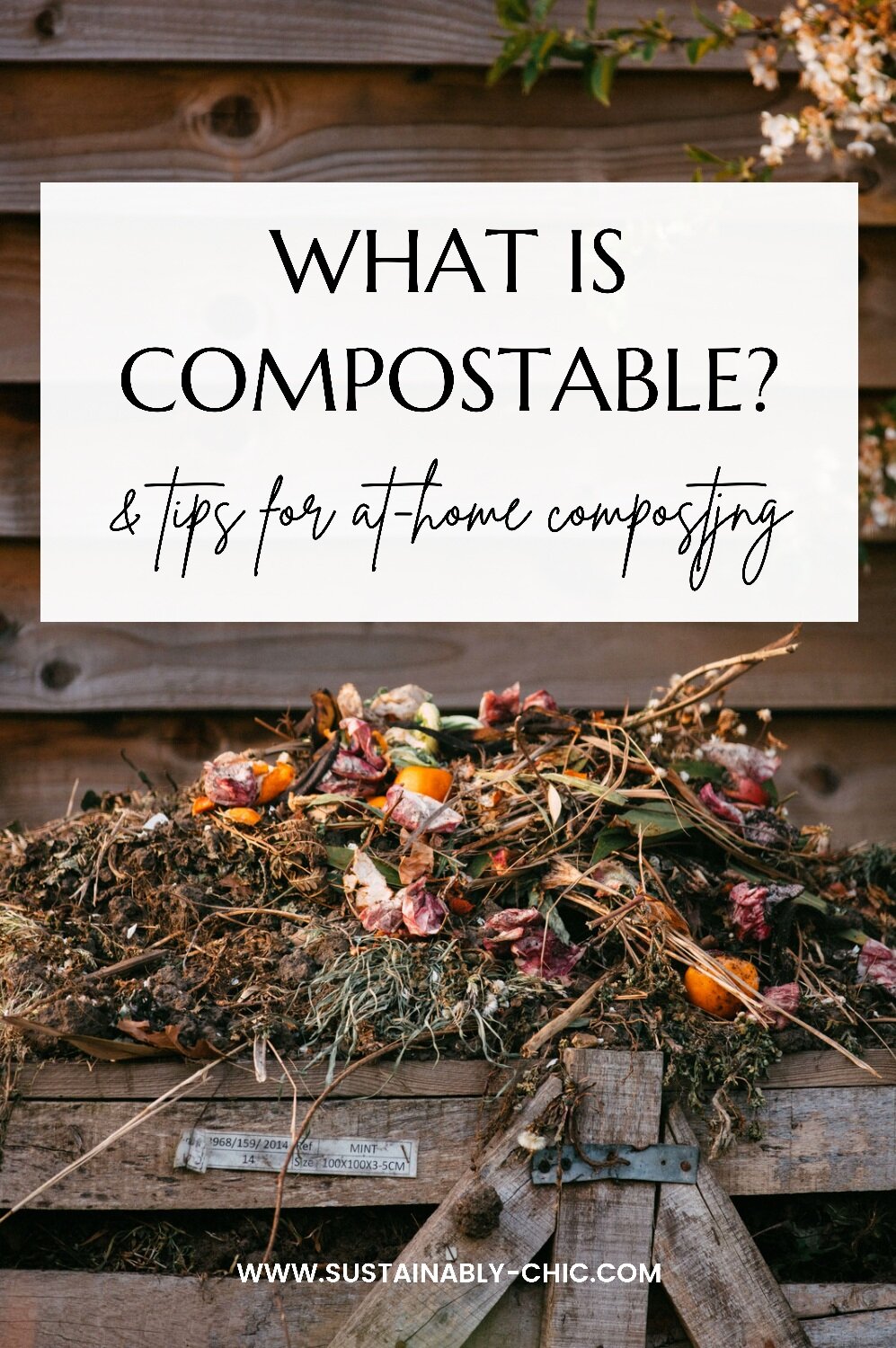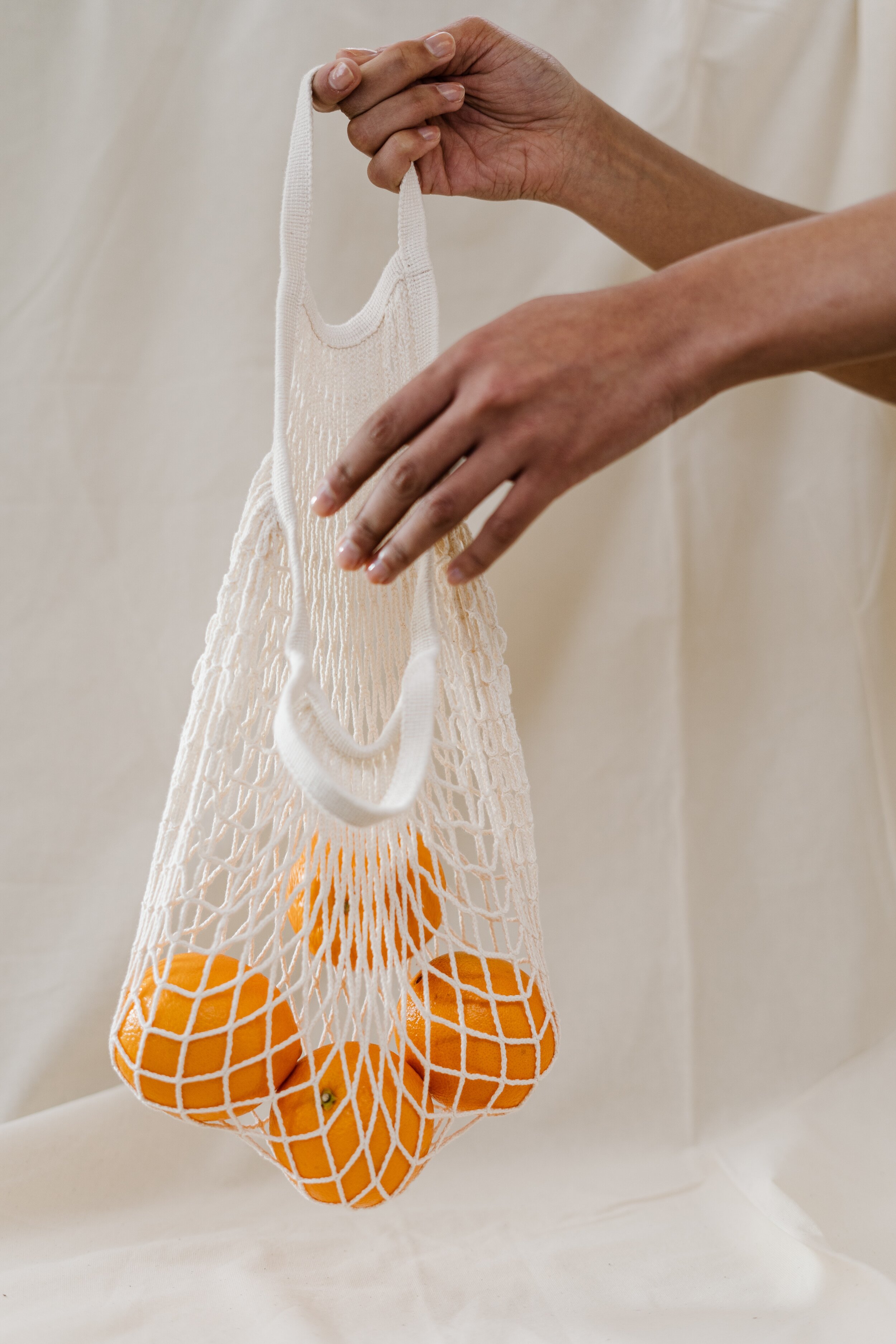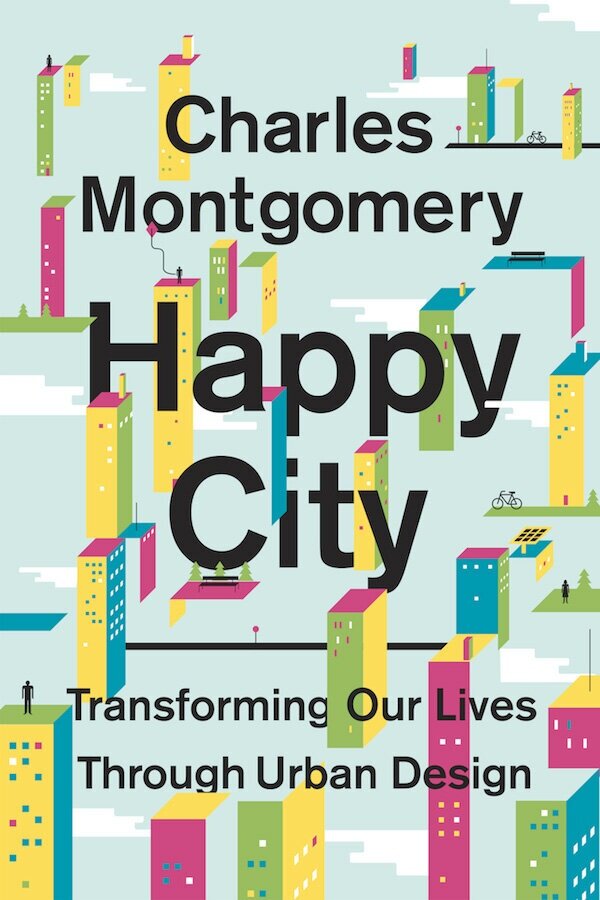Eco-Friendly Products Helping You go Zero-waste
While a zero-waste lifestyle may sound intimidating, there are many simple switches you can make to help lessen your daily waste. All of these products I have listed below are reasonably priced & made sustainably… but of course, you may already have things in your home you can use. I believe the first step to being more conscious about your waste is using what you have. However, I do understand how some new products can make the journey easier (or at least, more exciting).
What is ‘Zero Waste’?
The ultimate goal of a zero waste lifestyle is to avoid sending anything to the landfill. However, this is not realistic for the majority of people, but the principles of using what you have and lessening your waste as much as possible is a bit more doable.
How to Start Going Zero Waste
Like I mentioned before, use what you have! Learn what you throw away, and find a few items you could replace with something more sustainable. A great example would be paper napkins - replace them with some beautiful reusable cloth napkins! And don’t overwhelm yourself by trying to do too much at once.
This post contains zero waste switches I made in my own home, and I thought they would be useful for you, too!
Top Picks for Eco-Friendly, Zero Waste Switches:
1) Rechargeable Candle Lighter
Burn a lot of candles in your home - or do you need to fire up the bbq? Here is a zero waste alternative to traditional butane lighters! This lighter comes with a lithium-ion battery that can be charged by simply hooking up a USB to the computer. You’ll know it is completely charged up and ready to go once the green light disappears. The lighter uses plasma lighting technology, so you don’t have to refill it. Plus, it’s meant to last forever, and they are shipped in recyclable packaging.
2) Reusable Food Wraps
Put down the plastic cling wrap, because these reusable food wraps are going to save you money. After each use, you just need a little drop of soap and some water to clean them off. I’ve cleaned mine several times, and they work just as well as when I first got them. t’s amazing how just the heat of your hands makes these reusable wraps so easy to use. Once you get them warm with your body heat, Z Wraps have natural self-adhering properties to cover your leftovers with a superior seal. They also come in so many different sizes.
Whether you’re covering a salad bowl or a half-eaten baguette, you have options. One of my favorite parts about Z Wraps is the fact they’re handmade right here in the USA. (By a woman-owned business, no less!)
3) Bento Boxes
I love this collection of GEL-COOL Bento Boxes! They come in a wide range of shapes, colors, & lid types so that you can get whichever one(s) will fit your lifestyle best. These are not just any Bento Boxes either—they have built-in gelpads to keep your lunch cool all day (perfect if you don’t have access to a refrigerator). Plus, they have sealed, leak-proof lids to prevent messes. These are great for kids, too! LOIS’s Bento Boxes are made in Japan & BPA-free. Tip: carry one with you in case you have leftovers when eating out!
4) Compostable Phone Case
Billions of cell phones are sold every year to consumers, & I would say most of these phones are held in some type of protection case. There are already so many environmental issues with the actual phone itself, why create more waste with its outer shell?! Thanks to brands like Incipio, you can find an eco-friendly option that works, & avoid having to add more waste to the planet with a plastic one. This one is full compostable made is 100% plant-based!!
5) Zero waste dishwashing kit
When I first made this list a few years back, I included a lot of single items in here. Now, EarthHero has been putting together kits so I thought I’d share a few of those because they are amazing! This one is great for the kitchen & includes: Walnut Shell Scour Pads, Handmade Castile Dish Soap Block, Reclaimed Wooden Soap Dish, Tidy Up Dish Cloths, and Bubble Up Dish Brush & Ceramic Dish Set.
code: Natalie10 for 10% off
6) detergent pods
These might be my new favorite zero-waste swap - and a very easy one! The sweet little pods you see are exactly what you would throw into your wash machine - no big plastic bottle holding them in (they are shipped in a small cardboard box). Dropps are formulated with an effective plant-powered that cleans better than leading comparable brands. They also offset 100% of their carbon emissions from shipping, and you can buy them in bulk!!
7) Reusable bamboo cutlery
One of the best ways to reduce your waste is by refusing single-use plastics and carry around your own reusables. Avoid disposable cutlery and opt for a more eco-friendly option like this reusable bamboo cutlery set. EarthHero’s bamboo cutlery is sustainable, lightweight, biodegradable, and dishwasher safe! The carrying case is made out of 100% recycled materials.
code: Natalie10 for 10% off
8) market bags
I love a good crocheted bag because they can fit a lot of goods in them, they are easy to store and often very durable. QuiQuattro just started their own line of market bags, and having their towels for the past few years, I know they make a great product. They partner up with Turkish artisans and women who are in need of work, but unable to leave their home. All products are hand-loomed, hand-poured, hand-knitted & hand-stitched!
9) Bidet
It saves toilet paper - which in turn gives your wallet and the planet a break. Did you know Americans spend more on TP than any other country? It also takes 437 billion gallons of water to press paper down. Not to mention the 253,000 tons of bleach, and 15 million trees used in the process, too. You can replace that with a couple sheets of bamboo TP, and 1 liter of water. Also….wiping with dry paper is creating around 30 million annual cases of of hemorrhoids, UTIs, yeast infections, anal fissures, anal itching and other annoyances.
10) Bamboo Toothbrush
The easiest sustainable switch you can make - brushing with bamboo! Since it is recommended to change your toothbrush every three months, why not use one that won't end up sitting in a landfill 'forever'? After three months, throw it in your compost bin & feel good about your clean smile. (side note: for hygiene purposes, bristles are made with nylon and should be discarded in the trash). This brand even has a great subscription service so you don’t need any reminders to change it out!
PIN THE PHOTO TO SAVE THIS POST FOR LATER
We are constantly updating blog posts to give you the best in sustainable fashion, green beauty and eco living.
This post is sponsored in part by Quiquattro, LOIS & Z Wraps and contains affiliate links.
As always, views are genuine and brands are truly loved. Thanks for supporting the brands who are working to make this industry a fairer and cleaner place!
WANT MORE SUSTAINABLE BRANDS? VISIT OUR BRAND DIRECTORY!
Our Brand Directory is home to hundreds of sustainable brands, from makeup to cleaning supplies, from underwear to shoes. We have broken everything down by category for easy shopping, along with discount codes unique to Sustainably Chic viewers.

